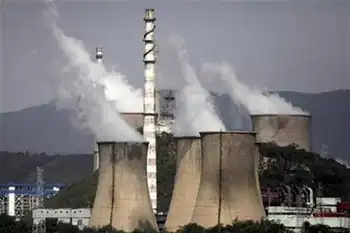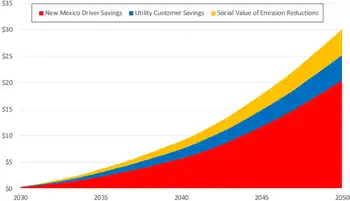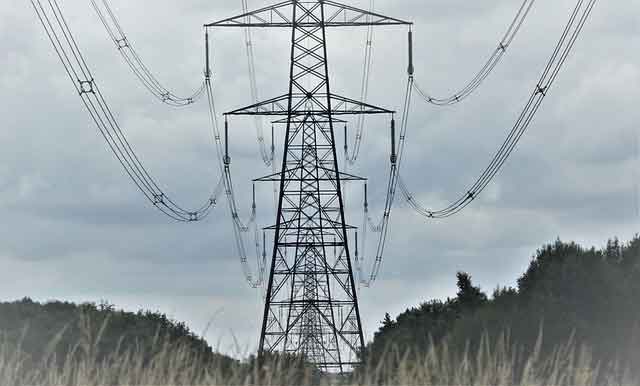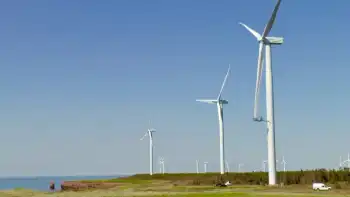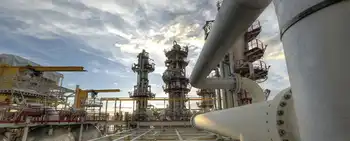Siemens research turbine commissioned at NREL site
By PR Newswire
High Voltage Maintenance Training Online
Our customized live online or in‑person group training can be delivered to your staff at your location.

- Live Online
- 12 hours Instructor-led
- Group Training Available
The turbine is the centerpiece of a multi-year project to study the performance and aerodynamics of a new class of large, land-based machines - in what will be the biggest government-industry research partnership for wind power generation ever undertaken in the U.S. Under the initial phase of the $14 million research program, Siemens will contribute $9 million, NREL $5 million.
"At Siemens, innovation is one of our core values. That's why we are especially pleased to join forces with our nation's leading wind research facility," said Barry Nicholls, senior vice president of Siemens Energy, Inc. "This important new research program will help us further enhance the performance of our turbines and lower the cost of clean, wind-generated power, which in turn will help diversify the overall mix of power generation sources in the U.S."
Under their Cooperative Research and Development Agreement (CRADA), Siemens and NREL will test basic turbine characteristics and verify new performance enhancing features of the pilot turbine over a minimum of three years - and potentially longer. Testing will include a full range of real-world operating regimens, including severe weather conditions.
"Today begins a new era of research at NREL's National Wind Technology Center," said NREL Director Dan Arvizu. "With our partners at Siemens Energy, we will embark on a comprehensive R&D program that will pave the way for the even more advanced wind turbines of the future."
Culminating today's event, Arvizu and Nicholls joined Colorado Gov. Bill Ritter in flipping a switch that symbolically commissioned the giant machine, fitted with a 331-foot-diameter rotor, mounted atop a 262-foot tower. Gov. Ritter addressed the assembled gathering of community and business leaders, while the Golden High School Marching Band provided a celebratory note.
The Siemens 2.3-MW turbine is among the largest land-based turbines deployed in the United States and is the largest at the NWTC site. Planned testing includes structural and performance testing; modal, acoustics and power quality testing; as well as aerodynamic testing and turbine performance enhancements. A new meteorological tower to the west of the Siemens turbine will feature more than 60 instruments to collect the most advanced data available on wind, temperature, dew point, precipitation and other weather features that can influence the performance and lifespan of a wind turbine.
NREL researchers also are interested in the foundations required beneath the ground to support larger wind turbines. NREL and Renewable Energy Systems Americas (RES) have entered into a separate but coordinated agreement to study the design and performance of turbine foundations, with goals of increasing the reliability of non-turbine components and reducing turbine installation costs.
The new turbine and other new projects underway at the NWTC also allow NREL to take a significant step forward in generating its own clean electricity to accomplish the laboratory's aggressive sustainability goals - including the reduction of greenhouse gas emissions while at the same time meeting the energy needs of NREL's expanding campus. DOE and Xcel Energy are negotiating an agreement for surplus energy to be exported and sold to the local utility grid.
Installation of the pilot turbine at the National Wind Technology Center follows Siemens' decision to locate its own wind power research and development center in nearby Boulder. That office is expected to grow to 40 engineers and other staff by 2013. This turbine project is part of a coordinated wind research program supported by the DOE Office of Energy Efficiency and Renewable Energy.





